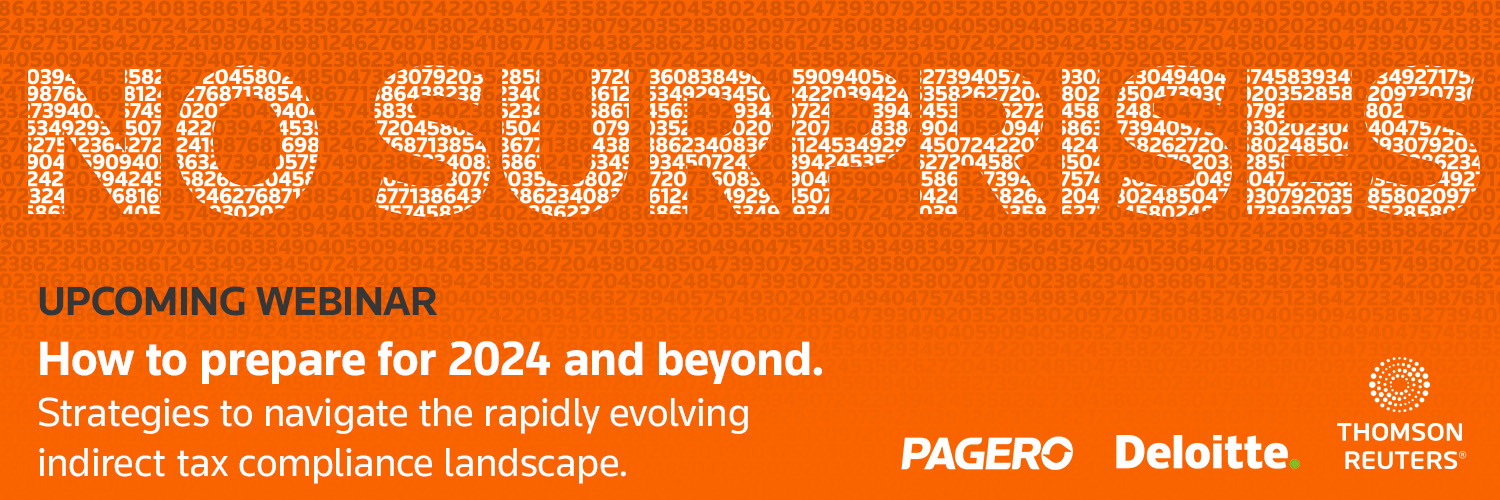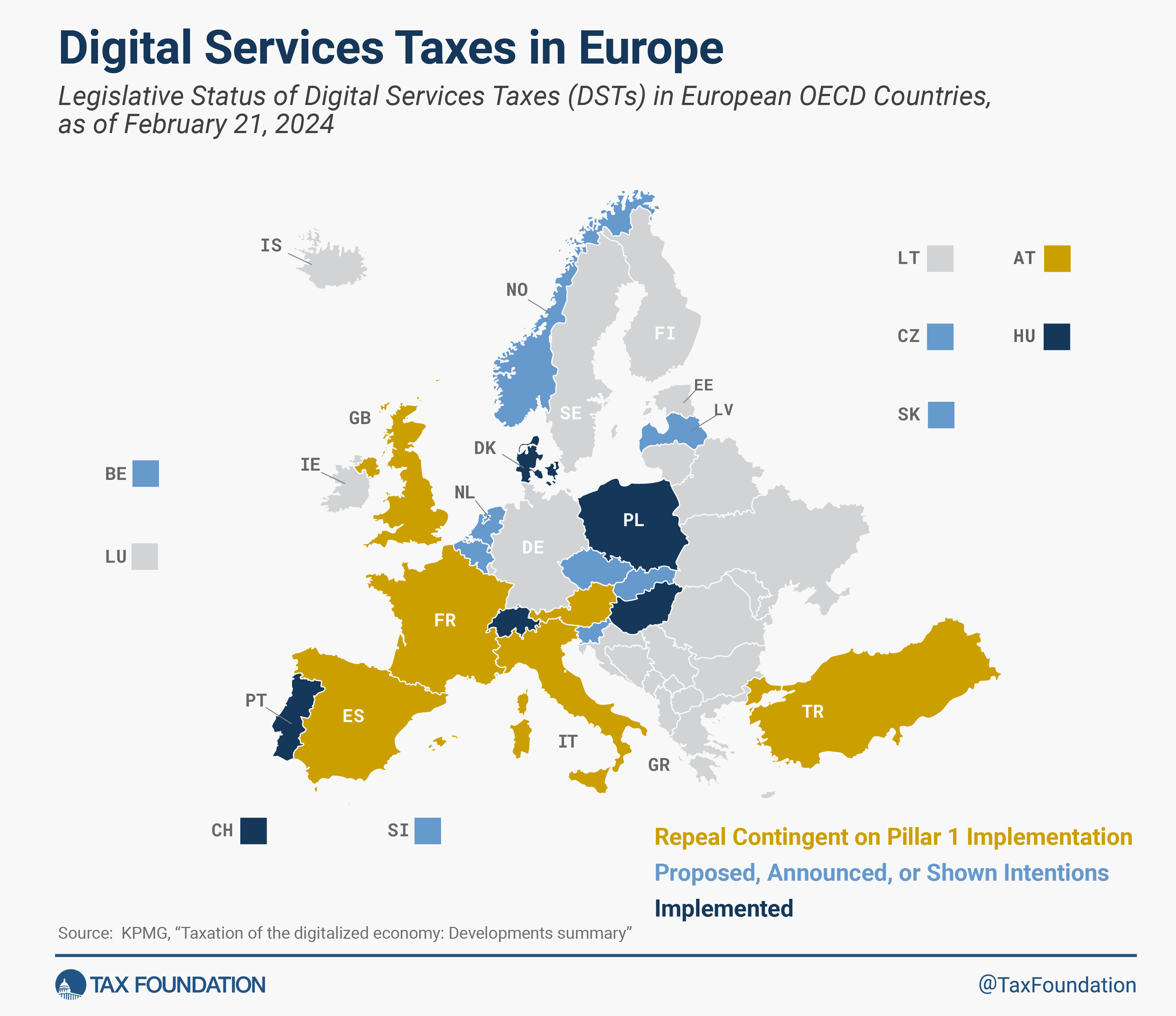When to invest in sales tax automation software
Questions to ask before investment and if it’s worth it for your business model.
Jump to:
Amidst a rapidly changing regulatory landscape, it can seem more challenging than ever to understand your sales tax obligations in every jurisdiction in which you do business. The tax complexities of interstate and international commerce are why most companies use some form of automated software to help track and calculate their organization’s tax obligations.
While utilizing indirect tax software to automate compliance tasks can help reduce risk and increase accuracy, it also requires an upfront investment that may seem cost-prohibitive. However, if you are conscious of the best time to automate sales and use tax, along with the benefits tied to automating the process, it can helps make the investment decision much less of a challenge.
When to consider an automated tax software solution
A good indicator of whether you should invest in sales tax automation software is the number of locations where you are doing business.
If you are operating in several states (or more) with online transactions as a remote seller, the benefits related to automation are significantly increased. Automation guarantees the correct indirect tax calculated in every jurisdiction where you do business.
Vital questions arise when evaluating the place of supply rules, such as:
- Who collects the sales tax?
- Where is the sales tax due?
- Where does my company have nexus?
- Where is my consumer located?
- Have I met the economic threshold in that state?
Take into consideration the number of tax rate changes and new tax rates. Now compound that with the number of possible product taxability changes. If you are operating globally, there are specific regulations for the place of supply rules for every country. Additionally, you may be close to meeting the different thresholds maintained on a country by country basis. At that point, more questions arise – should I be registered for VAT or GST? Are there establishment requirements to collect and remit?
Benefits of sales tax automation software
The benefits of a sales tax automation software are that it automatically evaluates all data points and processes them in milliseconds using requirements set based on your tax footprint and your tax requirements. An automation solution returns an accurate tax calculation for seamless compliance when you cross a threshold in any tax jurisdiction. The results are tested, expected, and applied consistently and accurately – reducing the time spent managing sales and use tax, reducing audit risk, and increasing data accuracy.
What if you don’t have a complex business model?
If your company doesn’t have a complex business model, you may wonder if automation will complicate the sales tax process that’s working for you today. Although it may seem counterintuitive, that’s the best time to consider implementing a tax automation solution. If you wait until you meet a state threshold, expand into new territories, or change your business model, it’s almost too late! An investment in indirect tax automation upfront ensures that your business can scale and calculate tax accurately.
Keeping up with various changes by state down to the local levels can be a definite challenge. Still, with automation, you have the assurance of accuracy for every invoice, regardless of complexity.
Want to learn more about preparing for 2024 and beyond for indirect tax? Register for our on-demand webinar, Strategies to navigate the rapidly evolving indirect tax compliance landscape.
Learn how Adobe turned a “perfect storm” of tax challenges into an opportunity to leverage ONESOURCE Determination from Thomson Reuters and achieved total control over their worldwide indirect tax process. Read case study.
Check out our free resource hub for more indirect tax insights.






